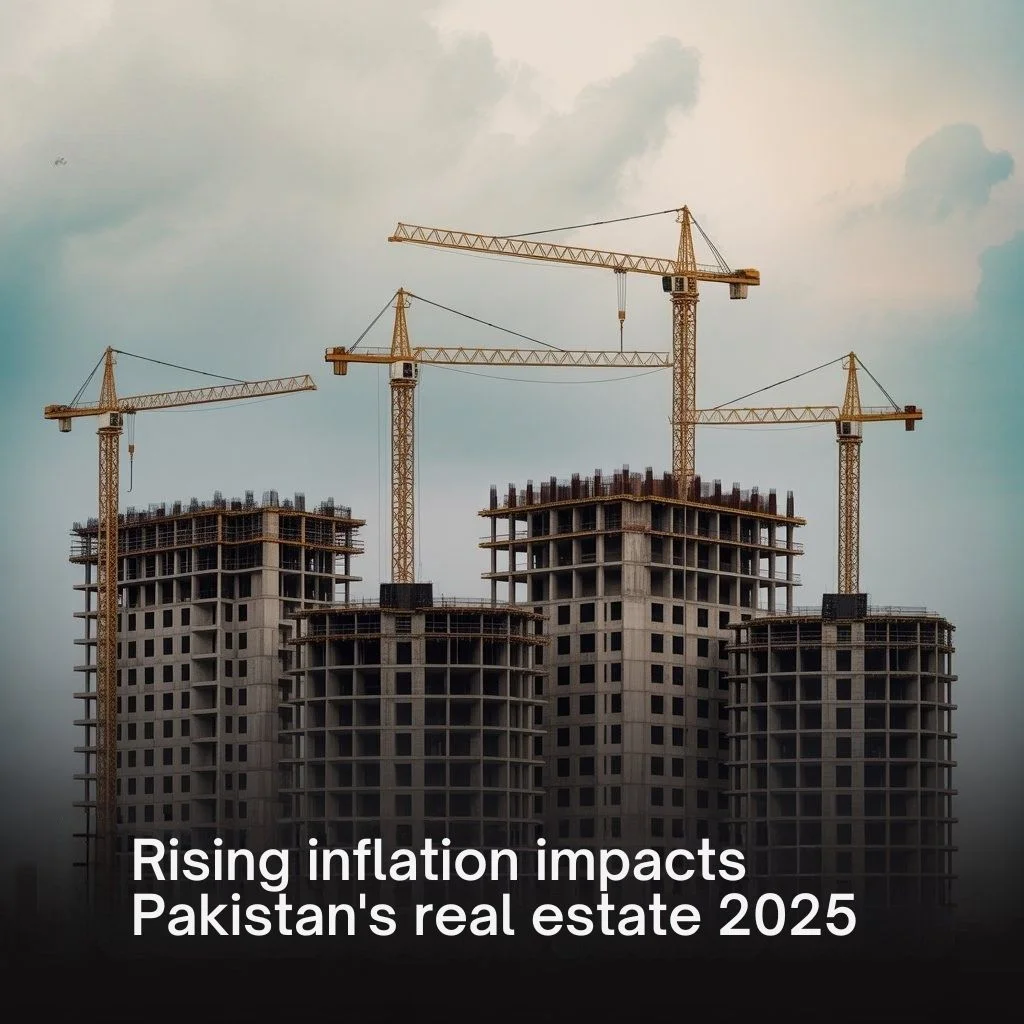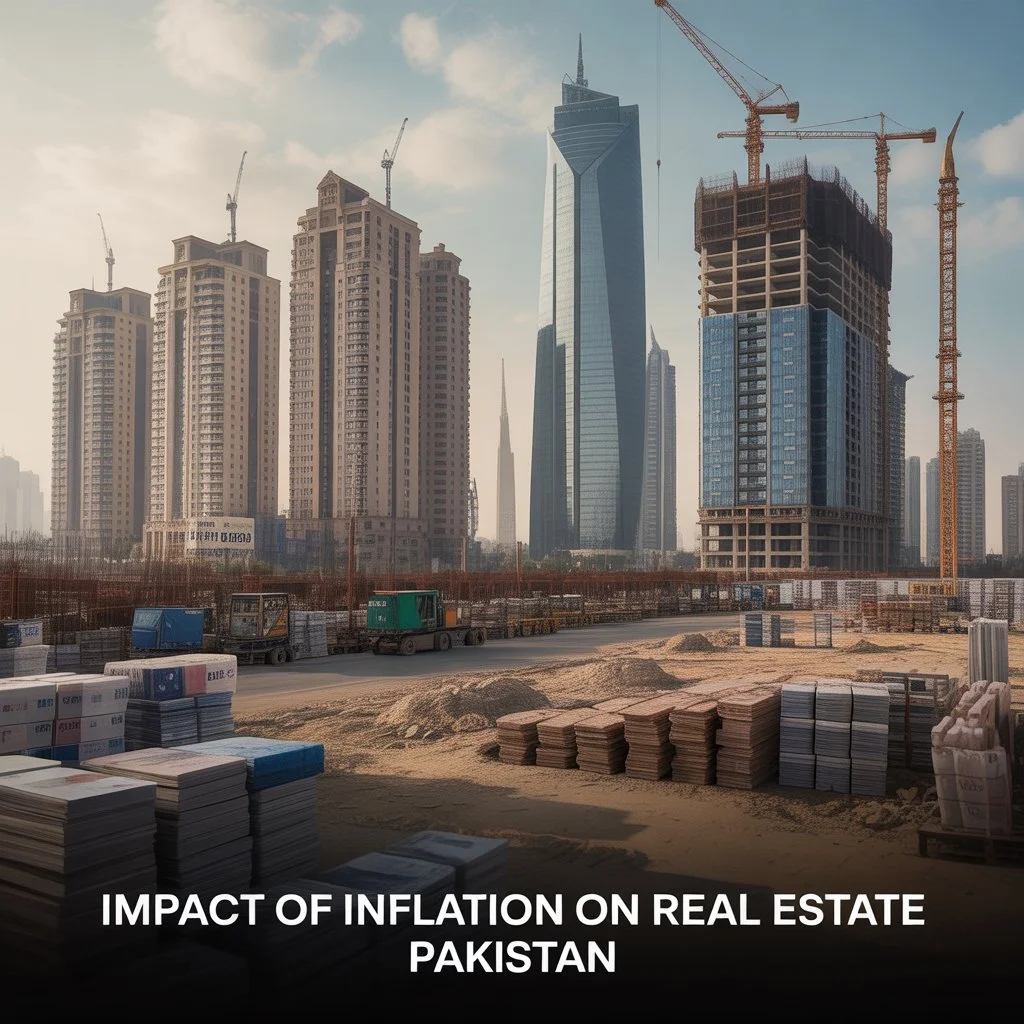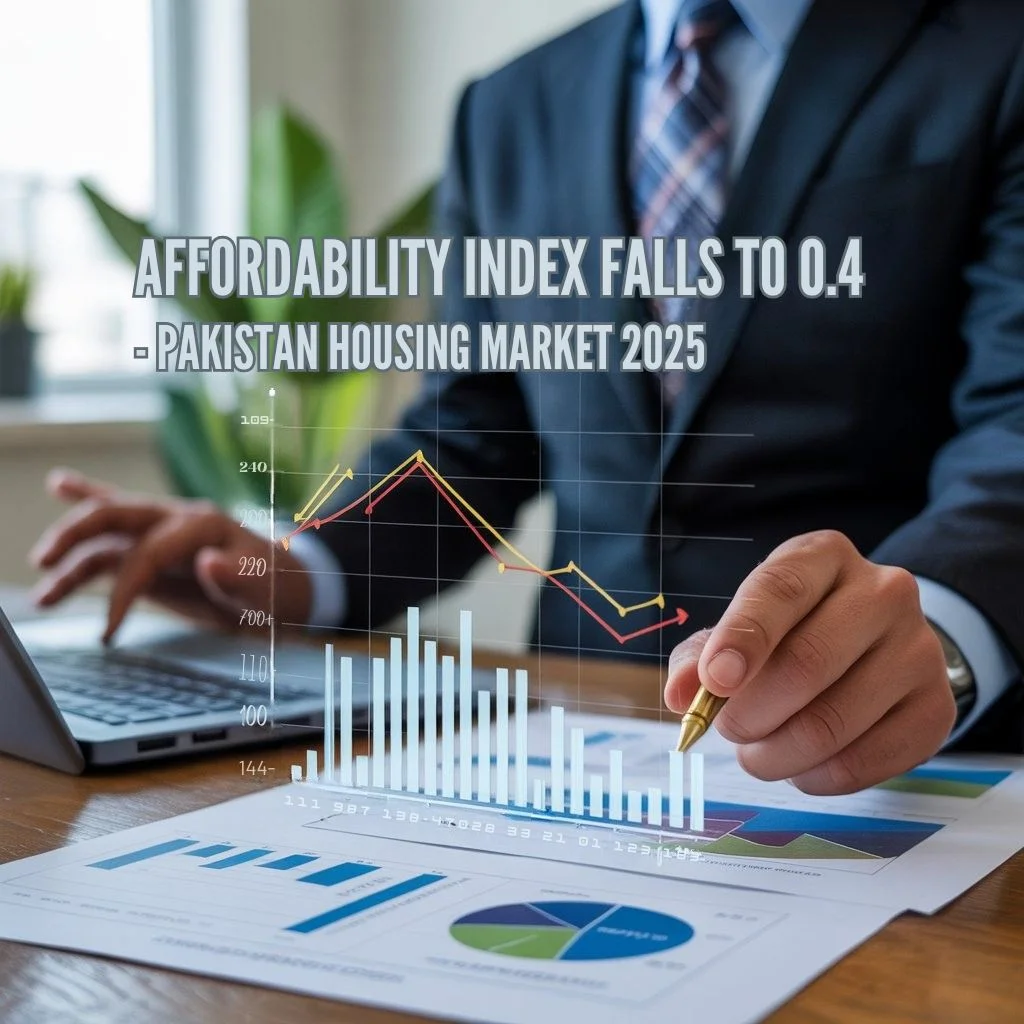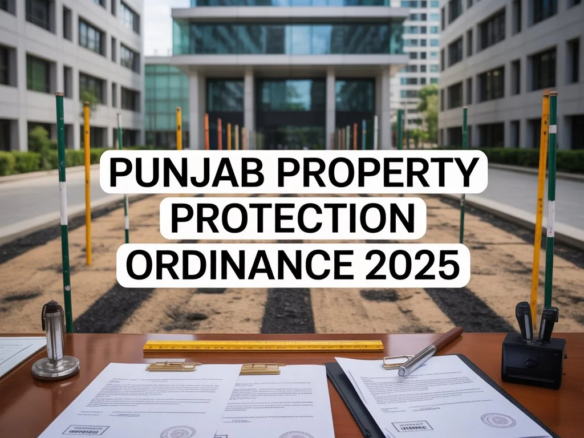The real estate market in Pakistan is witnessing a critical transformation as housing becomes increasingly difficult to afford. According to recent reports, the Pakistan housing affordability index 2025 has fallen to 0.4, signaling that an average household can now afford less than half the cost of a standard home. This alarming decline highlights the growing disparity between income levels and property prices Pakistan, posing serious challenges for homebuyers and investors alike.
Rising Property Prices and Their Impact
Over the past few years, the housing market Pakistan has seen a steep rise in prices due to inflation, high construction costs, and limited land availability. The growing demand for urban housing has further pushed prices beyond the reach of the middle class. Major cities such as Karachi, Lahore, and Islamabad have witnessed record increases in home prices Pakistan, making ownership a distant dream for many families.
At the same time, the Pakistan housing index indicates that the gap between earnings and housing costs continues to widen. This issue is particularly severe in urban areas where population density and demand for housing far exceed available supply.
The Role of Economic Conditions

The country’s macroeconomic environment plays a crucial role in shaping real estate Pakistan 2025 trends. Persistent inflation, coupled with high mortgage rates Pakistan, has reduced purchasing power. Many prospective buyers are forced to delay their plans due to rising loan interest rates and increased construction material costs.
In addition, the cost of living in Pakistan has surged over the past two years. With essential commodities becoming more expensive, households now allocate a significant portion of their income to daily needs, leaving little room for mortgage payments or savings toward homeownership.
Housing Affordability Crisis in Pakistan
Experts describe the current situation as a housing affordability crisis in Pakistan. The affordability index drop to 0.4 means housing is now accessible to a much smaller segment of the population. Previously, an index value of 1 indicated that homes were generally affordable for middle-income earners. However, with prices soaring and wages stagnating, affordability has plummeted to record lows.
The middle-class housing crisis has become one of the biggest socio-economic challenges in the country. As rents rise and ownership becomes unattainable, families are forced to compromise on living standards, shifting to smaller units or moving away from urban centers.
Why Housing Is Less Affordable in 2025
Several key factors explain why housing is less affordable in Pakistan this year. The first is inflation-driven increases in construction materials like cement, steel, and bricks. The construction sector Pakistan has struggled with higher import costs and supply chain disruptions, which have translated directly into higher property prices.
Secondly, the FBR real estate regulations introduced to curb undocumented investments have reduced liquidity in the market, discouraging small investors and slowing new project development. This regulatory tightening, while promoting transparency, has also limited supply growth, further driving up prices.
Finally, limited access to housing finance in Pakistan means most buyers rely on personal savings rather than mortgages, making it harder to purchase property as prices escalate.
Urban Housing Demand and Market Trends
The urban housing demand continues to expand rapidly, driven by population growth, urban migration, and lifestyle changes. However, the lack of affordable housing options is pushing low and middle-income families to the outskirts of cities or into informal settlements.
The latest real estate market trends in Pakistan 2025 reveal that developers are focusing more on luxury projects, ignoring the growing need for low-cost housing. This imbalance between demand and supply has worsened the housing affordability index Pakistan 2025, signaling a need for urgent policy intervention.
Government Policies and Affordable Housing Initiatives
The government has launched several low-cost housing schemes 2025 to address the issue, including subsidies for home financing and construction incentives for developers. However, experts believe that these programs are insufficient given the scale of the affordability crisis.
To promote affordable housing Pakistan, policymakers must increase public-private partnerships, provide tax relief to developers working on budget-friendly projects, and make financing accessible through reduced interest rates. Encouraging innovation in construction technology could also help lower costs and improve efficiency.
Impact of Inflation on Real Estate

The impact of inflation on real estate Pakistan has been significant. As inflation continues to rise, both buyers and developers face challenges. Developers encounter higher input costs, while buyers struggle with reduced purchasing power. Inflation also affects the rental market, with rents increasing rapidly across major cities, adding pressure to household budgets.
Investment Opportunities and Market Outlook
Despite these challenges, property investment opportunities in Pakistan still exist, especially in emerging suburban areas and smaller cities where land remains comparatively affordable. Investors seeking long-term returns may focus on projects near new infrastructure developments, industrial zones, and transportation corridors.
According to real estate growth Pakistan analysts, while affordability remains low, the long-term fundamentals of the housing market are strong. The increasing population and ongoing urbanization ensure sustained demand for residential units.
Additionally, real estate forecast Pakistan reports predict moderate stabilization by late 2026 if inflation eases and financing options improve. The country’s growing middle class will likely continue to drive demand, particularly in mid-range housing segments.
Comparing Income and Property Value Trends
A major concern is the widening gap between income vs property value. While wages have increased only modestly, property prices have surged by over 25% in some regions. This growing disparity is one of the main reasons behind the decline in the Pakistan housing affordability index 2025.
With rent vs buy Pakistan calculations increasingly favoring renting, homeownership is losing its appeal for many working families. This shift in mindset could reshape future market behavior, as people choose flexible living options over long-term property commitments.
Conclusion:
In summary, housing becomes less affordable in Pakistan as economic pressure, rising costs, and regulatory challenges combine to make homeownership harder than ever. The Pakistan real estate news 2025 highlights that the housing affordability index falling to 0.4 is more than a statistic it reflects the growing difficulty faced by ordinary citizens in achieving a basic dream: owning a home.
To reverse this trend, stakeholders must work together. Developers, financial institutions, and the government should prioritize affordable housing solutions in Pakistan through supportive policies, innovative financing, and sustainable construction practices. With strategic planning and timely reforms, the nation can restore balance to its property market 2025 and make housing accessible once again for all.
Want to know more? Check out FBR Property Value Disclosure 2025: Impact on Faisalabad Real Estate Market
Like, share and comment: Facebook, Instagram, Youtube and TikTok.





Join The Discussion